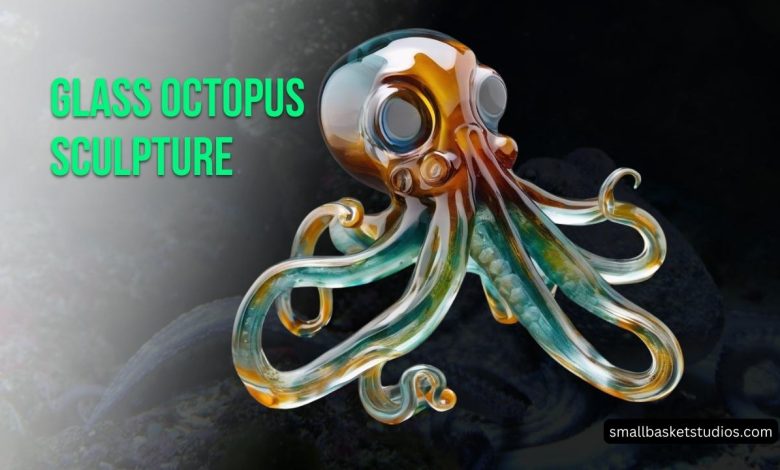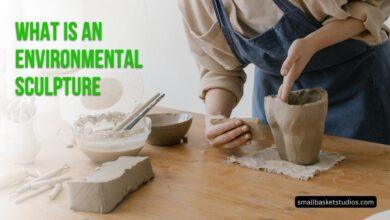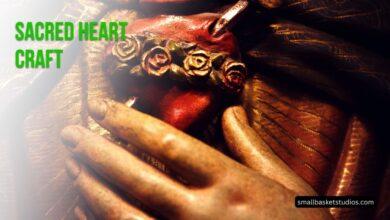Glass Octopus Sculpture: Capturing Oceanic Elegance in Glass

Glass art is an enthralling realm that marries beauty with fragility in an artful display of glass objects. Of all its breathtaking creations, octopus sculptures stand out as exquisite works of art that hold on to beauty and fragility in equal measures. We will explore their creation, styles, care needs and emotional effects through this comprehensive guide to this intriguing subgenre of artworks made entirely out of glass octopuses.
What is Glass Octopus Sculptures?
Glass octopus sculptures are beautiful expressions of artistic skill and craftmanship, exuding imagination while captivating viewers’ attention with intricate craftsmanship and exquisite details. Treasured collectibles by both marine lovers and art enthusiasts alike, understanding these exquisite creations’ creation process, styles and proper care can further deepen our appreciation of these exquisite masterpieces.
Glass Sculpture art history goes back centurie
Glass art dates back over three millennia to ancient Mesopotamia and Egypt; however, during Roman Imperial rule was when glassblowing techniques first evolved, enabling intricate glass sculptures. Over the millennia glass art has continued to develop into various styles and forms today.
Octopuses Are Fascinating
Octopuses have long captured our fascination, due to their mysterious qualities. Their intelligence, unique appearance, and adaptability to various environments has inspired numerous artists. Octopus’ graceful movements and mesmerizing presence within ocean depths makes for ideal subject material for artistic interpretation.
The Creation of Glass Octopus Sculptures
Materials and Tools
Crafting a glass octopus sculpture requires a delicate balance of skill and precision. Artisans use a variety of materials and tools to bring these intricate creatures to life:
Glass: High-quality, colored, or clear glass is the primary medium. Different types of glass can create various effects and colors in the sculpture.
Glassblowing Equipment: This includes a furnace, blowpipes, marvers, and punty rods. The glassblower uses these tools to shape and manipulate the molten glass.
Glass Cutters: These are used to precisely cut the glass into the desired shapes.
Torch: A torch is used to heat and melt specific areas of the glass for finer details.
Kiln: The kiln is used to anneal the glass, ensuring it cools slowly to reduce stress and prevent cracks.
Techniques
The creation process involves several intricate steps:
Gathering: Glassblowers gather molten glass onto a blowpipe, gradually building up the body of the octopus.
Shaping: Using tools and torches, they shape the glass into the desired form, carefully crafting the octopus’s head, tentacles, and intricate details.
Coloring: Different techniques like fusing colored glass, applying glass frit (crushed glass), or using colored rods are employed to add vibrant colors to the sculpture.
Annealing: The finished piece is placed in a kiln to slowly cool over several hours or even days. This process ensures the glass cools uniformly and avoids cracks.
Styles and Designs
Glass octopus sculptures come in various styles and designs, catering to diverse tastes and preferences.
Realistic
Some artisans focus on creating hyper-realistic glass octopuses, capturing every detail with precision. These sculptures often feature intricate tentacles, lifelike eyes, and delicate coloration that mimic actual octopuses’ appearance. Realistic sculptures are perfect for those who appreciate the beauty of nature.
Abstract
Abstract glass octopus sculptures take a more artistic approach, with exaggerated forms and unconventional colors. These pieces often emphasize the fluidity of glass, giving the impression of movement and dynamism. Abstract designs appeal to those seeking a unique and imaginative interpretation of the octopus motif.
Colorful
For those who enjoy a burst of color, vibrant glass octopus sculptures are a popular choice. Artisans use a wide range of colored glass to create eye-catching and whimsical pieces. These sculptures can brighten up any space and make for delightful conversation starters.
Caring for Your Glass Octopus Sculpture
Preserving the beauty and integrity of your glass octopus sculpture requires proper care and maintenance.
Cleaning
Dust Regularly: Dusting your sculpture with a soft, lint-free cloth or a feather duster prevents the buildup of dirt and grime.
Avoid Harsh Chemicals: Use a mild glass cleaner or a mixture of warm water and a few drops of dish soap. Avoid abrasive cleaners that can scratch the glass.
Gently Clean Details: Use a soft brush or cotton swabs for intricate details to prevent damage.
Display
Avoid Direct Sunlight: Prolonged exposure to direct sunlight can cause fading or damage to the glass and colors. Display your sculpture in a location with indirect or filtered light.
Sturdy Base: Ensure your sculpture sits on a stable and level surface to prevent accidental falls.
Protect from Accidents: Place your sculpture away from high-traffic areas to reduce the risk of it being knocked over or damaged.
Storage
Use Soft Cushions: When storing your sculpture, wrap it in soft, acid-free tissue paper or cloth to prevent scratches. Place it in a box or padded container with cushioning material.
Store Upright: If possible, store the sculpture in an upright position to prevent pressure on delicate parts.
Maintain Stable Temperature: Avoid extreme temperature fluctuations, as rapid changes can stress the glass.
Emotions and Symbolism
Glass octopus sculptures often evoke a range of emotions and can symbolize various themes:
Elegance: The graceful, flowing forms of octopuses are captured beautifully in glass, evoking a sense of elegance and sophistication.
Mystery: Octopuses are known for their enigmatic behavior and underwater habitats. Glass sculptures can invoke a sense of mystery and intrigue.
Freedom: With their tentacles reaching outward, glass octopus sculptures can symbolize the desire for freedom and exploration.
Nature’s Beauty: Realistic renditions of octopuses celebrate marine life’s incredible beauty and diversity.
FAQs
Are glass octopus sculptures fragile?
Yes, glass octopus sculptures are delicate and should be handled with care. They are susceptible to breakage if dropped or subjected to rough handling.
Can I display my glass octopus sculpture outdoors?
It is not recommended to display glass sculptures outdoors as exposure to the elements can lead to damage from weather conditions, including wind, rain, and UV radiation from sunlight.
How can I tell if a glass octopus sculpture is handmade or mass-produced?
Handmade glass sculptures often have slight irregularities and unique details. Look for signs of craftsmanship, such as visible tool marks or variations in color and shape. Mass-produced pieces tend to be more uniform.
Can I repair a broken glass octopus sculpture?
Repairing a broken glass sculpture is challenging and requires expertise. It’s best to consult a professional glass artisan or restorer for such repairs.
Where can I purchase glass octopus sculptures?
You can find glass octopus sculptures at art galleries, specialized glass art shops, online marketplaces, and from individual glass artists. Be sure to research the artist’s reputation and craftsmanship when making a purchase.
Conclusion
Glass octopus sculptures are not just pieces of art; they’re expressions of creativity, skill, and the natural world’s beauty. Understanding their creation, styles, and proper care enhances your appreciation of these captivating works. From realistic to abstract or vibrant colors – there’s sure to be one just right for your tastes – remember these extraordinary creations are much more than mere glass; they represent windows into the depths of the deep sea that have been lovingly hand-crafted with passion and precision!




